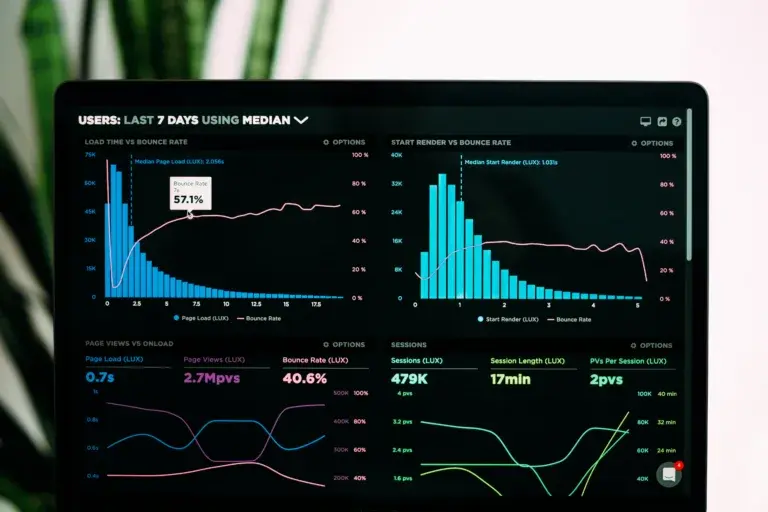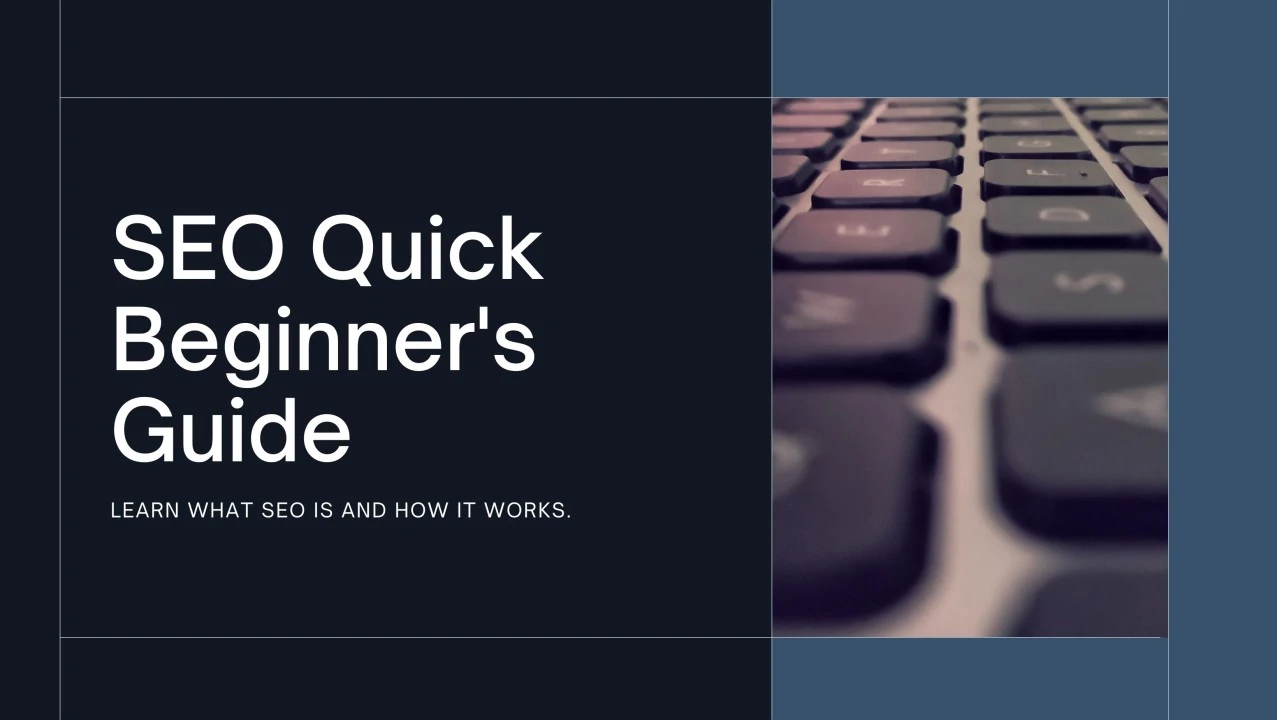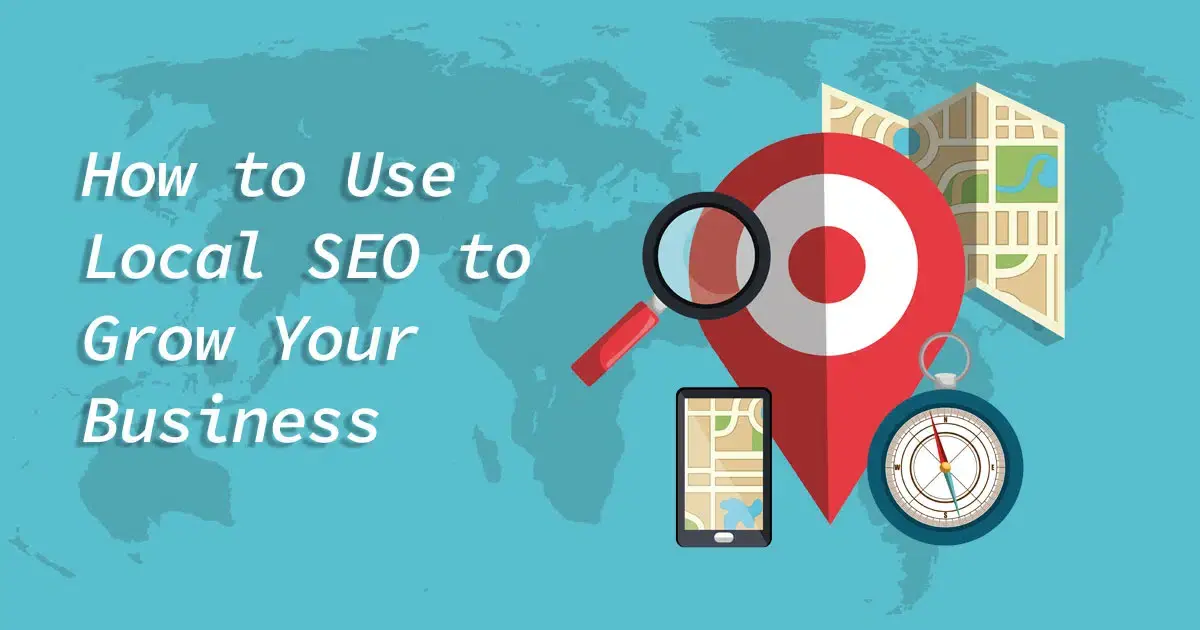SEO isn’t what it used to be. What worked a year ago might not get you results today. With Google’s continuous algorithm updates and the rise of AI-driven search, businesses and marketers must stay ahead of the curve. If your strategy is outdated, you’re leaving traffic—and revenue—on the table.
This SEO cheat sheet for 2025 is your go-to guide for optimizing your website with the latest best practices, ensuring that your content ranks high and drives organic growth.
1. Core Web Vitals Are Non-Negotiable
Google has made it clear: user experience (UX) is a ranking factor that businesses can’t ignore. Core Web Vitals—Largest Contentful Paint (LCP), First Input Delay (FID), and Cumulative Layout Shift (CLS)—remain crucial in 2025.
- LCP: Ensure your main content loads within 2.5 seconds. Optimize images, leverage caching, and use a fast hosting provider.
- FID: Reduce input delay by minimizing JavaScript execution and optimizing browser rendering.
- CLS: Stop elements from shifting unexpectedly by defining height and width attributes for images and videos.
A fast, stable, and interactive website not only ranks higher but also keeps visitors engaged.
2. AI and Search Intent Optimization
Google’s AI-powered search algorithms, such as RankBrain and MUM, prioritize content that truly answers user queries. This means keyword stuffing and generic articles won’t cut it.
- Focus on search intent—why a user is searching for something.
- Use AI tools like Google’s NLP API to understand how Google interprets content.
- Optimize for entities and context rather than just keywords.
Structured, informative, and well-researched content is the future of SEO.
3. The Rise of EEAT: Prove Your Authority
Expertise, Experience, Authoritativeness, and Trustworthiness (EEAT) are more important than ever. Google favors sites that demonstrate real knowledge and credibility.
- Showcase expertise with author bios, credentials, and case studies.
- Build trust with transparent contact details, privacy policies, and external references.
- Get backlinks from reputable sources to strengthen your authority.
A strong EEAT profile signals to Google that your site is reliable and deserves higher rankings.
4. Zero-Click Searches and Featured Snippets
More than 50% of searches end without a click because Google provides direct answers in featured snippets, knowledge panels, and People Also Ask (PAA) sections. Instead of fighting it, optimize for zero-click results.
- Structure content with concise answers to common queries.
- Use bullet points and numbered lists to increase snippet eligibility.
- Implement FAQ schema markup to enhance visibility.
Ranking in featured snippets positions your brand as an authority while still driving traffic from users who need more details.
5. Video SEO: The Content Format That’s Dominating
YouTube is the world’s second-largest search engine, and with Google incorporating more video results, video SEO is a must.
- Use keywords in video titles, descriptions, and transcripts.
- Engage viewers with compelling thumbnails and clear CTAs.
- Leverage chapters to help users find specific information quickly.
A well-optimized video can generate traffic, build brand authority, and keep visitors engaged longer.
6. The Role of Voice Search and Conversational Queries
With the rise of voice assistants like Siri and Google Assistant, conversational search is changing how users interact with search engines.
- Optimize for long-tail keywords that mimic natural speech.
- Create FAQ-style content that answers common voice queries.
- Ensure your site is mobile-friendly, as most voice searches happen on smartphones.
By adapting to conversational search patterns, you increase your chances of appearing in voice search results.
7. Mobile-First Indexing: No More Excuses
Google fully transitioned to mobile-first indexing, meaning your site’s mobile version is the primary factor for rankings.
- Use responsive design to ensure seamless viewing on all devices.
- Optimize mobile site speed with compressed images and efficient coding.
- Improve tap targets to enhance usability.
A poor mobile experience can tank your rankings, so mobile optimization should be a top priority.
8. Local SEO: The Key to Dominating Local Search
For businesses targeting specific locations, local SEO remains a game-changer.
- Keep your Google Business Profile updated with accurate details.
- Earn positive reviews to boost credibility and rankings.
- Optimize for “near me” searches with location-based keywords.
Local search continues to be one of the highest-converting traffic sources for businesses.
9. Schema Markup: The Secret Weapon for Higher CTR
Schema markup helps search engines understand your content better, leading to rich results that improve click-through rates.
- Use product schema for eCommerce sites.
- Implement review schema to display star ratings.
- Apply event schema for promoting local events.
Structured data enhances visibility and can give you an edge over competitors in search results.
10. Backlinks: Quality Over Quantity
Link-building is still a pillar of SEO, but spammy backlinks can do more harm than good.
- Focus on high-authority backlinks from reputable sites.
- Use guest blogging, digital PR, and industry collaborations to earn links naturally.
- Regularly audit your backlinks and disavow toxic links.
A strong backlink profile signals credibility and improves your site’s trustworthiness.
Future-Proof Your SEO Strategy for 2025 and Beyond
Staying ahead in SEO requires continuous learning and adaptation. Implementing these strategies will help you maintain strong rankings in a constantly evolving digital landscape.
If you’re serious about dominating search results, start optimizing today—because your competitors already are.
































